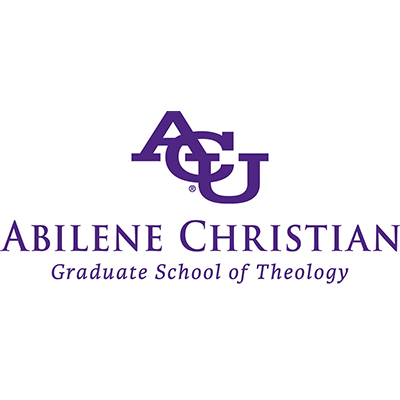 Recently, the Christian Scholars Conference hosted a luncheon to honor the memory of Charles Siburt. The new release by ACU Press, The Effective Practice of Ministry: Essays in Memory of Charles Siburt was presented to Charles’s family, Judy, John, and Ben.
Recently, the Christian Scholars Conference hosted a luncheon to honor the memory of Charles Siburt. The new release by ACU Press, The Effective Practice of Ministry: Essays in Memory of Charles Siburt was presented to Charles’s family, Judy, John, and Ben. The conviction that theory and practice are divided has some ardent supporters. Sometimes it is all about who you footnote to support a hypothesis. And when you can footnote Aristotle as an advocate, you tread cautiously when you disagree. The theory practice divide is in our bones. The theory practice divide is part of our DNA. In many times, in various places, and in multiple ways, the theory practice divide is assumed. And that which is assumed, is taken for granted, unarticulated, and unquestioned. Amnesia leads to silence. That which is assumed is forgotten.
Then along comes a man like Charles Siburt. He saw the harmony between theory and practice. He did not see the “either/or” side of the polarities but the “both/and” landscape that resides within congregations. Theology is not merely the pursuit of an intellectual vision but a compelling account of a way of life in God. Beliefs and practices are intertwining functions. Miroslav Volf talks about all this in terms of “belief-shaped practices” and “practice-shaping beliefs.” To separate the two, if possible at all, is to do a disservice to both. Theology is to be known, lived, and experienced by a particular community. For Charles, his academic career was profoundly interconnected in the local life of the church. To know Charles in the academy, was to know Charles in the Church.
And this is how Charles Siburt saw the effective practice of ministry. Ministry is not just a set of skills but a way of seeing the world and a way of being in the world. Charles was a bricoleur, an artisan, or a kind of professional do-it-yourself person who used tools and skills from multiple sources to produce a bricolage, that is, a pieced-together, close-knit set of practices that provide solutions to a problem in a concrete situation. The bricolage changes and takes new forms as different tools, methods, and techniques are added to the puzzle. He was like a general contractor who refurbishes older homes. There is no telling what one will find when you look between the studs, above the ceiling, or under the floorboards. Yet the general contractor will be able to diagnose and prescribe a beautiful and workable remodeled home. Charles was often called the “Church Doctor.” He drew upon a vast array of specialties in order to cure, prevent, and promote health within a particular congregation. He was like a virtuous Gregory House of Fox TV fame that specialized as a virtuoso diagnostician. While Charles saw more ugliness in the church than one should, he loved the church. When others were tempted to give up, Charles saw the church as a glorious place of God’s activity partnering with saints. As an academic in the seminary, Charles applied theory to practice everyday for the sake of the church. He refused to treat congregations as places to be reduced to a template or stereotype. He declined to talk about theology in the classroom without a case study, example, best practice, or lived experience.
The contextual nature of theology saturates the pages of The Effective Practice of Ministry that defines not only the chapters, but also the life and ministry of Charles who affected each of the authors in powerful ways. And it is with great pleasure that all the contributors of the volume dedicate this book to Charles Siburt the contributors to this volume esteem Charles as their trusted friend, mentor, and teacher.

It was a blessing to be in Nashville for the presentation of this book to the Siburt family. This book is a fitting tribute to, and extension of, the scholarship and practice of Charles Siburt. I am glad to see this outstanding work in such an accessible format, especially since I have been citing some of these theses for years. My thanks to Tim Sensing for editing this work and those scholar-practitioners who took the time to reframe their work for this volume.
Ron,
It was good to see you at CSC in Nashville. Thank you for the kind words about the book.
My condolences to the Siburt family.
While at ACU over 12 years ago I got to hear Professor Siburt speak a few times, but never really knew him personally. However, during the semester I had with Professor Sensing (now Associate Dean) I learned a lot about the art and practice of preaching described in this book and espoused by professor Siburt.
Thanks to Dean Tim Sensing for helping to realize this work and for bringing it to publication.
Grace and Peace,
Brian
*POST SCRIPT*
Simply brilliant! I hope I can quote you on this one:
“Ministry is not just a set of skills but a way of seeing the world and a way of being in the world.”
Thanks Brian. Dr. Siburt’s influence will continue to affect us all in so many wonderful ways.